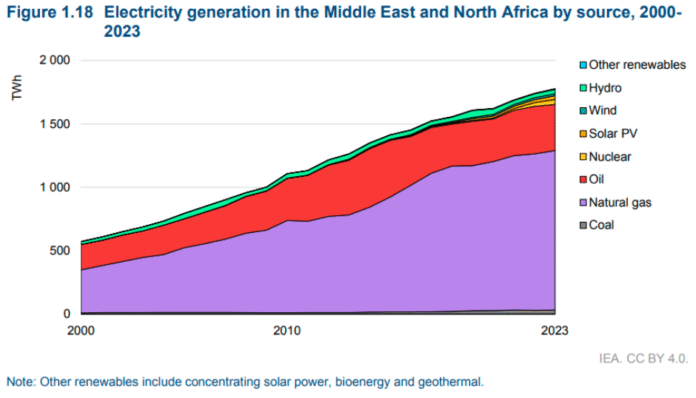The Middle East and North Africa (MENA) region stands at a pivotal moment in its energy transition. According to a new International Energy Agency (IEA) report, electricity consumption in MENA has tripled since 2000 and is projected to climb another 50 percent by 2035 — equal to the current combined demand of Germany and Spain. This surge cements MENA as one of the world’s fastest-growing power markets.
Key Growth Drivers
Extreme Heat & Water Scarcity: Cooling and desalination could account for 40 percent of future demand, as average temperatures rise at twice the global rate.
Urbanisation & Industrialisation: Expanding cities, industrial hubs, and data centres continue to add heavy electrical loads.
Electrified Transport: The adoption of electric vehicles will push grids to new limits.
Hydrogen Production: Emerging interest in green hydrogen adds further pressure.
Transitioning the Power Mix
MENA still relies on natural gas and oil for 90 percent of electricity generation. The IEA projects a decisive shift:
Natural Gas: Expected to meet half of new demand, adding 110 GW by 2035 while cutting oil-fired generation from 20 percent to 5 percent.
Solar PV: Set to increase tenfold to 200 GW, lifting renewables to 25 percent of total generation.
Nuclear Power: Capacity poised to triple to 19 GW, strengthening grid stability and low-carbon supply.
Investment Outlook
Power-sector investment reached $44 billion in 2024 and is forecast to rise 50 percent by 2035. Key priorities include:
Grid Modernisation & Interconnections: Nearly 40 percent of spending will target grids to cut transmission losses, now double the global average.
Renewables & Nuclear: Growing shares of capital will fund solar and nuclear projects to meet net-zero pledges.
Gas Infrastructure: MENA is set to account for 20 percent of global gas-fired capacity investment to 2035.
Strategic Actions for Decision Makers
Accelerate Renewable Deployment: Expand solar and wind while integrating battery storage and flexible gas-fired capacity.
Boost Energy Efficiency: Raising air-conditioner efficiency alone could cut peak demand equal to Iraq’s entire power grid.
Strengthen Regional Grids: Cross-border links will enhance electricity security and enable efficient power trade.
Global and Economic Implications
A slower transition would push oil and gas demand up by 25 percent, cutting export revenues by $80 billion and raising import bills by $20 billion by 2035. Conversely, full delivery of national net-zero pledges—already set by eight MENA nations—would halve the carbon intensity of the region’s electricity.
Bottom Line for Energy Leaders
To maintain energy security and safeguard export revenues while meeting climate targets, MENA governments and investors must scale up solar, nuclear, and modern grid infrastructure now. The next decade is critical to build a resilient, diversified, and low-carbon power system capable of supporting one of the world’s fastest-growing electricity markets.
Baburajan Kizhakedath

